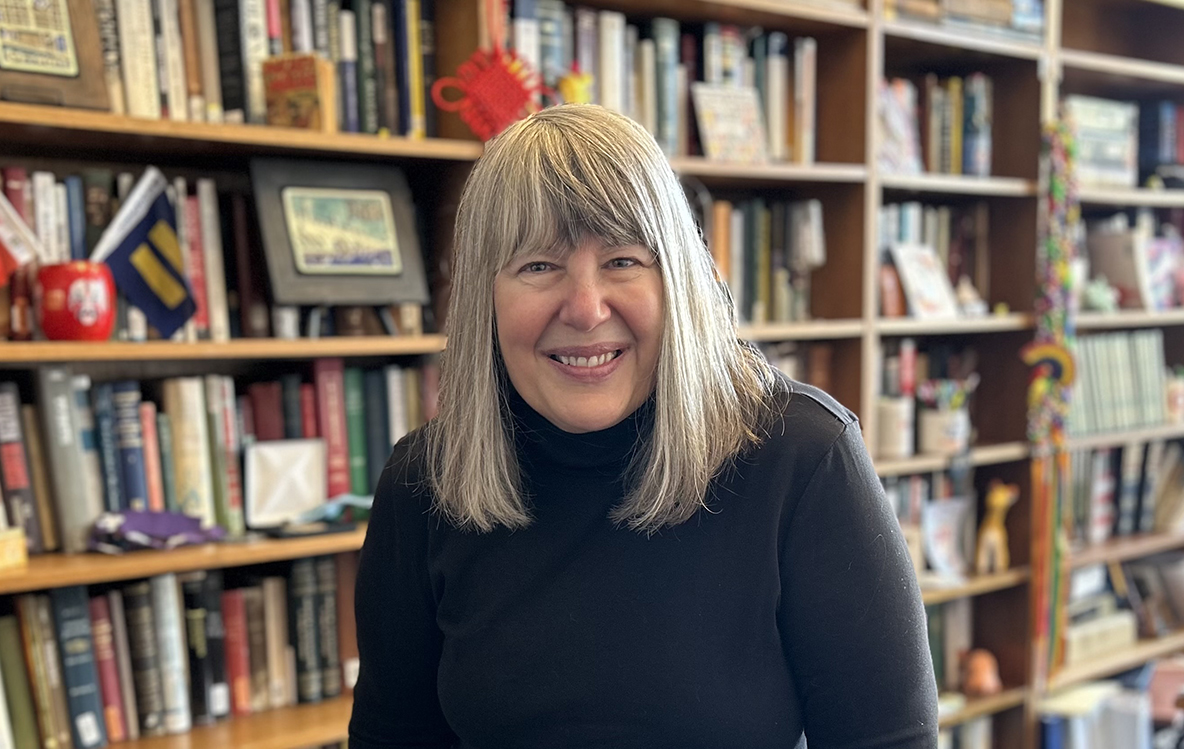The Newseum Institute’s First Amendment expert, Gene Policinski, originally published this commentary on June 29, 2018, on the Newseum blog, and has given First Amendment Watch permission to reprint.
Sad. So terribly sad.
Five people – several after a life’s work reporting on the daily lives of others – are today the subjects of news reports no one wants to write, or read.
On Thursday, police say, a man described as having a long-standing grudge against the Capital Gazette newspaper in Annapolis, Md., killed five staffers and injured several more in that small community newsroom.
He shot through the glass doors of the paper into a place filled with journalists doing what most in that profession in America do: Bringing their community the news of itself.
For those who find ongoing sport in caustic attacks on “the media” that in reality they know almost nothing about, be silent for a moment, please, and read these words last night from the editor of the Capital Gazette: “… just know @capgaznews reporters & editors give all they have every day. There are no 40-hour weeks, no big paydays – just a passion for telling stories from our community.”
That’s what real journalists do: Report on school board meetings, or international summits. Write about funny moments during a local snowfall, or the horrors of war in far-off lands. Tell us what’s in our child’s school lunches, or chronicle the impact of cuts in funding for a nationwide lunch program.
They do that in communities large and small, in quiet neighborhoods or incredibly dangerous conflict zones, down the block or thousands of miles away from home.
Just hours before the Annapolis shooting, a colleague and I stood with family members of journalists killed in 2016 in Afghanistan — NPR’s David Gilkey and Afghan colleague Zabihullah Tamanna – as they visited the Journalists Memorial at the Newseum, in Washington, D.C.
The Memorial, which contains more than 2,300 names of journalists who have died in pursuit of news, is about 50 minutes driving time from the Capital Gazette offices. Gilkey and Tamanna died reporting on people affected by that ongoing hell of a war a half-world away.
No geopolitical agenda in their work for armchair critics to seize on – just stories and photos about people in those communities
In walking with those family members, I mentioned to Tamanna’s widow that the Memorial is rededicated each June to remind visitors and the world that journalism is a dangerous profession and that each year, “some give their lives while simply doing their job.”
Then I added a comment that is haunting me now: “Sometimes in the United States, we assume that kind of thing won’t happen here. It can. It will.” Less than four hours later, it did.
And then overnight, I read about a report in the Miami Herald that one of the Annapolis victims, columnist and editor Rob Hiassen, more than a decade ago had written about the commissioning of that very Memorial, created by the Newseum and the Freedom Forum, the nonprofit foundation that also supports the Freedom Forum Institute where I work.
Each year, we add to the Memorial the names of a representative group of journalists who died in the previous year while reporting the news. There are the names of those killed in the 2014 attack in Paris on the offices of the magazine Charlie Hebdo.
And there are the names of two Roanoke, Va., TV journalists, Alison Parker and Adam Ward of WDBJ, killed in 2015 by a former colleague who wanted to commit the murders on “live” television.
Others die because they have put themselves in harms way– as did Greenville, S.C., station WYFF’s Mike McCormick and Aaron Smeltzer earlier this year, killed when a falling tree hit their SUV while they were reporting on a severe local storm.
“Enemies of the people?” No. Journalists are “the people.” Like so many others in many professions today, working for low pay with long hours – but finding satisfaction in writing about a community in which they work, shop, dine and share with family members.
Inevitably, it seems, social media quickly turned comments of sorrow into bitter exchanges about journalists, President Trump’s attack on a free press, and even a text several days ago from a relentless self-promoter of campus-speech controversies, in which he said “I can’t wait for the vigilante squads to start gunning journalists down on sight,”
But on Thursday evening, as that Twitter storm built, and as police were still investigating the crime scene that is their office, staffers of the Capitol Gazette were at work – some from the bed of a pickup truck in a nearby garage.
And at 6:38 p.m., little more than three hours after shotgun blasts shattered glass doors and multiple lives, there came this tweet: “ I can tell you this: We’re putting out a damn paper tomorrow.”
They did, with the heartbreaking front page with the headline “5 shot dead,” and photos and stories of their friends and colleagues. And a blurb about a Trump-Putin summit. And the weather for Friday in Annapolis.
That, friends, is journalism.
Gene Policinski is President and COO of the Freedom Forum Institute, the programs and initiatives partner of the Newseum in Washington, D.C. He can be reached at @genefac or gpolicinski@freedomforuminstitute.org.
Tags

